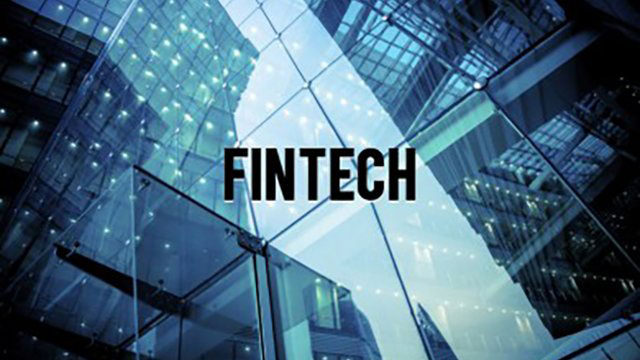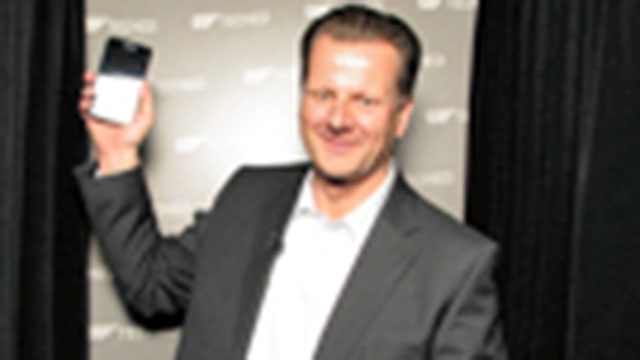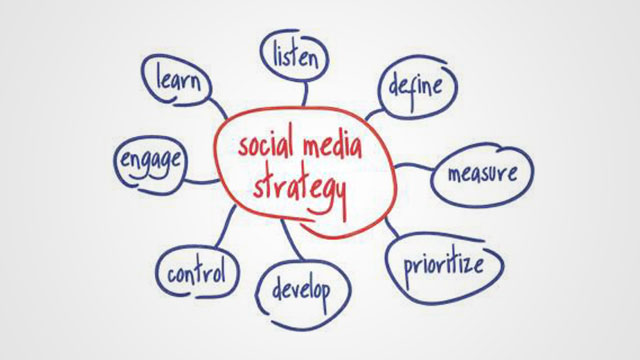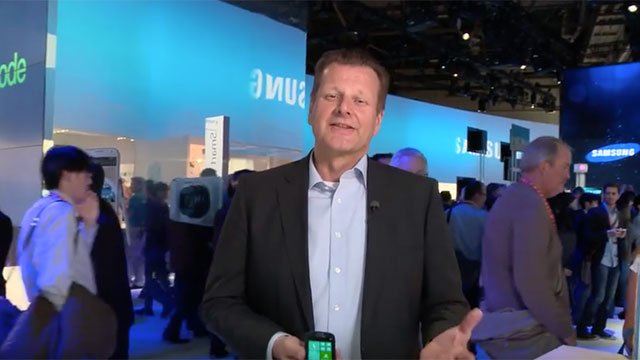I’ve spoken to many entrepreneurs and quite a few have admitted that if you spent your time worrying about the consequences of failure you would never start your own business.
There is certainly a lot of evidence to back up the fact that most start-ups are destined to fail. For instance a study by Shikhar Ghosh, a senior lecturer at Harvard Business School, estimated that more than 95% of start-ups would be seen as failures if it were defined as failing to see return on investment (ROI). Another successful Silicon Valley seed venture capital firm, Y-Combinator, has said that a company in its portfolio only had a 1 in 10 chance of success. And according to CB Insights, start-ups typically die around 20 months after their last financing round and having raised $1.3 million, citing the main reason as an inability to identify a market need for a product or idea.
And yet I passionately believe there is no more important time to be an entrepreneur. These well documented failure rates are at least partly due to too many start-ups focusing on finding finance, and not enough on building a customer base.
And yes, I speak as someone with a vested self-interest, because it is not just start-ups that are facing major challenges. The study by Richard N. Foster (of “Creative Destruction” fame), suggested that companies in the S&P 500 could also be facing serious threat. He stated that only 14% of companies in the Fortune 500 from 1955 were still alive today and that an S&P 500 company was now being replaced about once every two weeks. At the current churn rate, 75% of the S&P 500 firms in 2011 would be replaced in 2027 by new firms entering the S&P500.
Therefore, for my organisation, it is just as important to be embracing innovation in order to stay ahead of the competition.
For me, much of it boils down to commercialisation at scale. Over the years there has been a lot of debate about the potential of Fintech startups, but one aspect that it not emphasised often enough is how ideas are taken to market. It is an obvious, but logical fact that if a start-up cannot convince a customer to buy its product then it will very quickly join the long list of “nice ideas.” Having that invaluable feedback and endorsement from a customer during the early stage of a company’s existence is critical to long-term survival.
Many small companies prioritise chasing investment before customers. However getting a big company as a reference client, not only provides money, it also provides a route to market, and lots of valuable real time insight into what the market needs and wants.
Getting that first customer is much easier said than done, but this is why I am so positive about initiatives such as UBS’s Future of Finance Challenge. Today there is growing recognition in industries, such as financial services, that open innovation models offer significant mutual benefits to entrepreneurial start-ups and established players collaborating on new ideas and technologies.
Large and small companies need each other more than ever. Established companies have access to disruptive, agile start-ups with ideas that can open up new market opportunities, improve operational efficiency and strengthen customer loyalty. While conversely entrepreneurs have access to a wealth of experience about product development, customer business needs and go to market models. Personally I am convinced that this collaborative model is critical, because digital transformation demands faster responses to customer needs.
In 10 years time I’d like to think we could look at a very different and more positive set of statistics on the failure rate of start-ups, showing how the collaborative sharing of ideas, experience and expertise enriches the opportunities for all. Would love to hear your thoughts!














